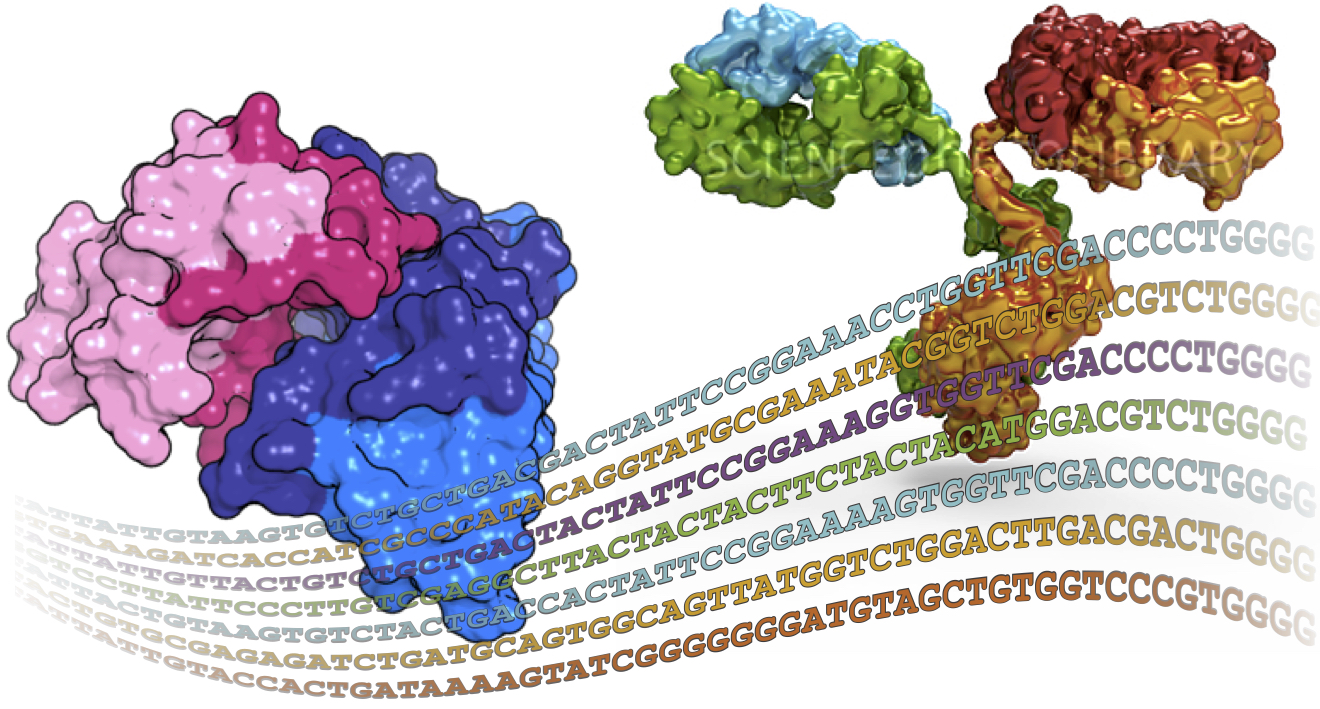Large-scale Sequence and Structural Comparisons of Human Naive and Antigen-Experienced Antibody Repertoires
We applied a very recently developed experimental strategy for high-throughput sequencing of paired antibody heavy and light chains along with large-scale computational structural modeling to delineate features of the human antibody repertoire at unprecedented scale. Comparison of antibody repertoires encoded by peripheral naive and memory B cells revealed (i) preferential enrichment or depletion of specific germline gene combinations for heavy- and light-chain variable regions and (ii) enhanced positive charges, higher solvent-accessible surface area, and greater hydrophobicity at antigen-binding regions of mature antibodies. The data presented in this report provide fundamental new insights regarding the biological features of antibody selection and maturation and establish a benchmark for future studies of antibody responses to disease or to vaccination.


